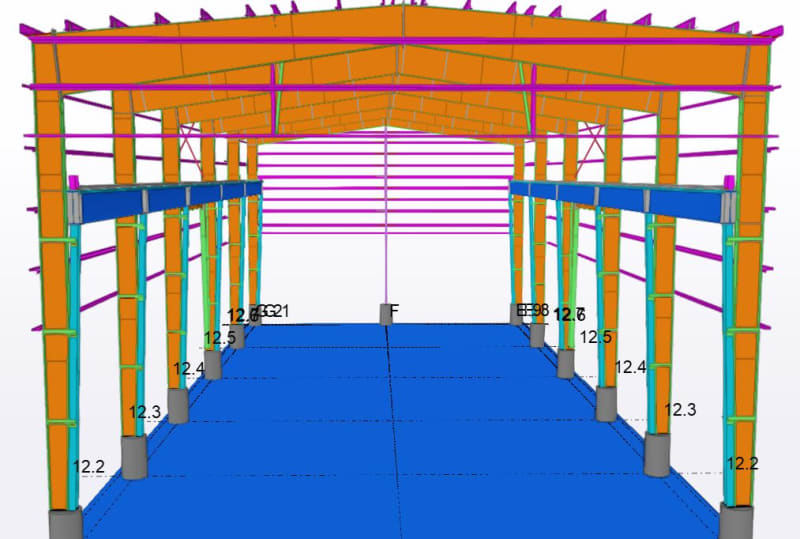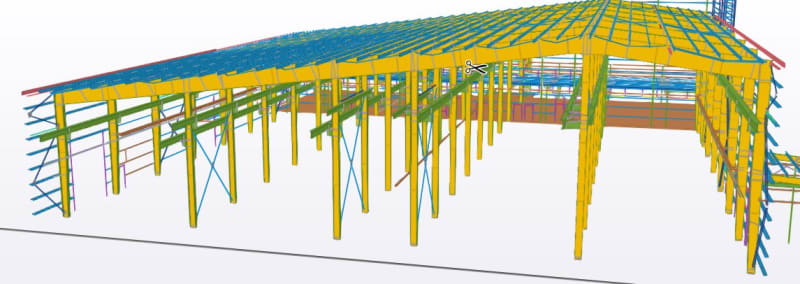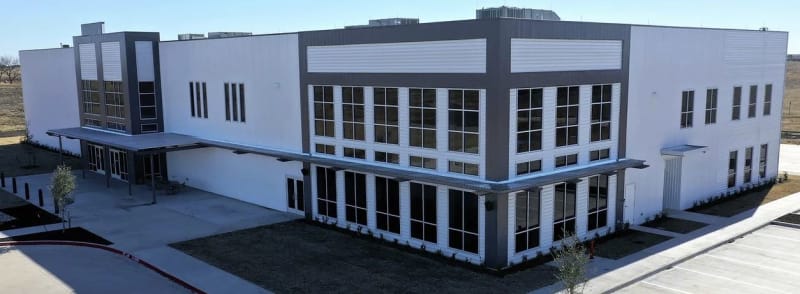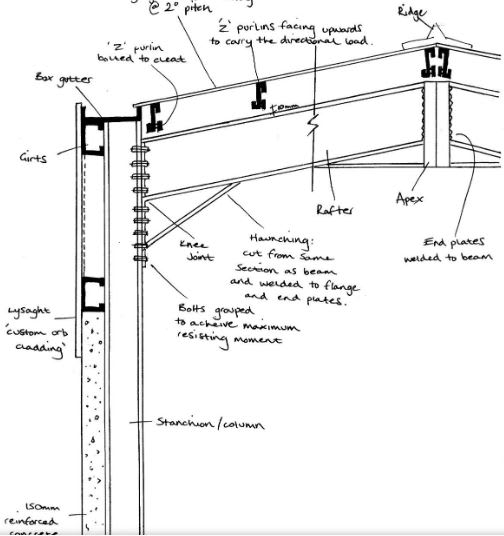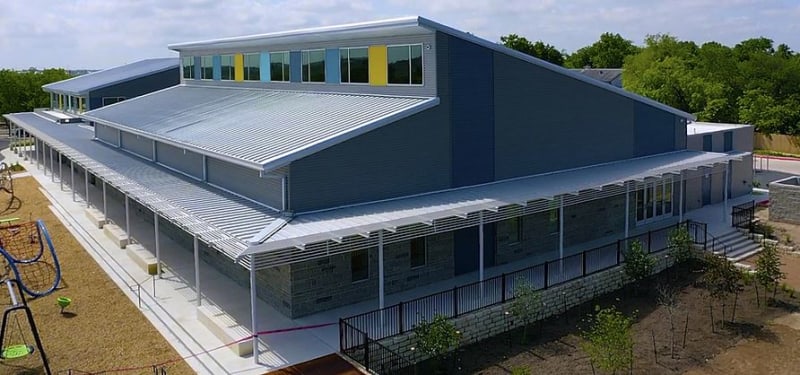Thanks for all the positive replies.
To illuminate further, the design criteria isn't up to the PEMB engineer. It's negotiated during the sale. A common example is collateral loading. Collateral loading is removable dead load. Lights, HVAC, sprinklers, etc. It's broken out from regular dead load because much of the roof is controlled by uplift. For a worst case downward combination, I want to assume my roof member is loaded by those items so collateral load is part of the combination. But for a worst case uplift combination, I want to assume it's not present on this particular member so that combination will be wind uplift plus DL but COL dead load isn't present.
Sometimes a specifying engineer will call out an extraordinarily high dead or collateral load, presumably in the interest of providing a more robust structure. Consider a finished out school building that's 25,000 square feet. Accounting for the true collateral loading will usually take 7-10 psf. However let's say a specifying engineer calls out 20 psf. That would definitely produce a more robust structure but it's also forcing the end user to pay to support 250,000 lbs of hanging material that isn't present. PEMB sales teams will often provide quotes that deviate from the 20 psf number to something more realistic. Typically, they'll provide these numbers as an alternate so the end user/GC/design team understands the amount of cost associated with beefing up the structure beyond what is intended to be there.
From there, it's the choice of the end user/GC/design team to decide what they want to go with--at least at the companies I've worked for. From some of the posts above, it sounds like either these deviations aren't being communicated back to the specifying engineer at times or maybe there are some companies intentionally hiding their deviated numbers to win the job. If the latter is true, I'm thankful to not have worked for one of those companies.
To address the baseplate question, If you're seeing thin baseplates, that's likely because they are designing their baseplates to AISC design guide 1 first edition, instead of the second edition. The way it was related to me, the writer of design guide 1 realized at some point that it significantly under designed the baseplate thickness so they published the 2nd edition which basically doubles the required baseplate thickness. By then, the 1st edition was already programmed into the proprietary software of many of the companies and had been working for years so there wasn't urgency to change it. That's not how my company works but I'm aware of at least 2 where that's the case.
Another reason you could be thinking that the anchor bolts don't work is if grout is present and you check the anchor bolts with Hilti Profis. Both design guide 1 and the ACI code say to take a 20% reduction in the shear strength of your anchors when grout is present. Hilti Profis ignores the grout and designs the anchor bolts in bending which will always show them failing. That's one of many reasons why I prefer the Simpson Strong tie program. It checks the anchors per the codes.
To address PEMB manufacturers providing options for future loading, that's done all the time. Most commonly it's designing buildings for future expansions or future cranes but I've seen all kinds of future loads. A recent building has future overhead doors. However, we have no way to guess what future loads someone might want to impose. That's got to get figured out by the design team and clearly communicated to PEMB companies bidding the job.
Jimstructures,
Not arguing, just clarifying. Yes you can get rigid frames with hot rolled sections if they're small enough and tube columns are common for covered walkway, lean-to, interior and other applications. My real point is to address the original poster who was asking if it's common to do rigid frames with regular hot rolled I shapes that have beefed up knee and ridge connection like below.
You may be aware of that type of building being done in the U.S. but I haven't seen it. Then again, what do I know? I just found out this type of building is a thing.
You're also correct about the accreditation process. It used to be AISC but they had a lot of strange requirements that the industry didn't like. For example, you had to have an internal company design manual that just regurgitated the code. The new accreditation agency is IAS which is a subsidiary of ICC.
I would definitely suggest making MBMA membership and IAS accreditation a non-negotiable part of your specification. I can't say that will save you from all of the issues that have been mentioned but it would definitely rule out fly-by-night companies and anyone else who would be much more likely to have questionable business/fabrication/other practices that would preclude you from IAS accreditation.

